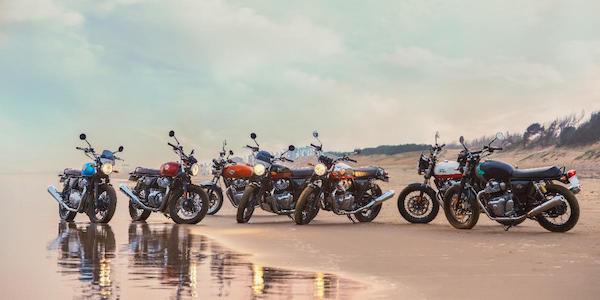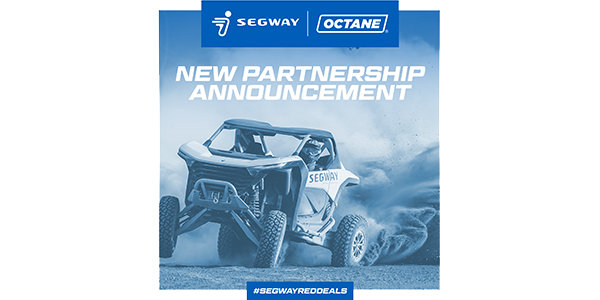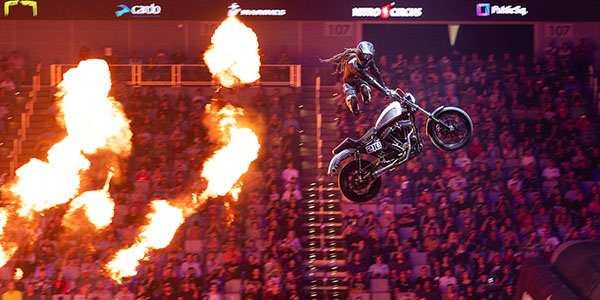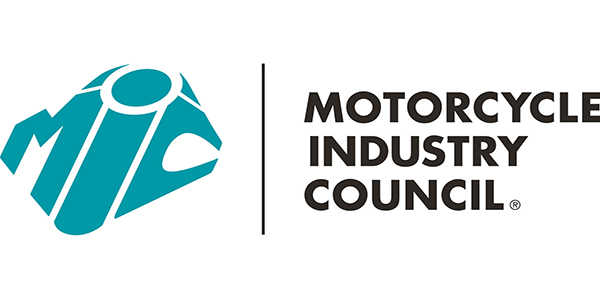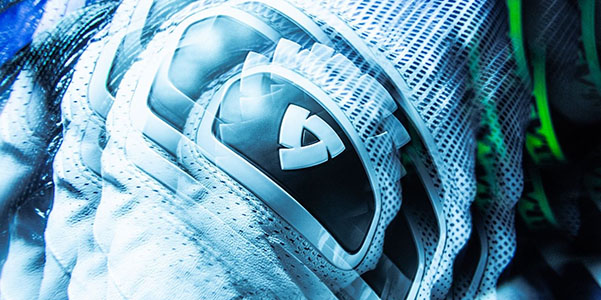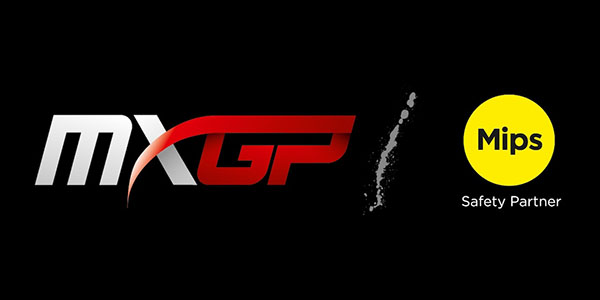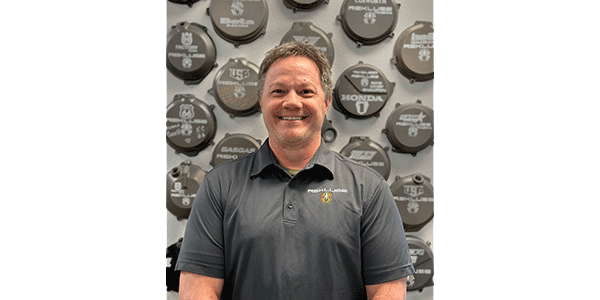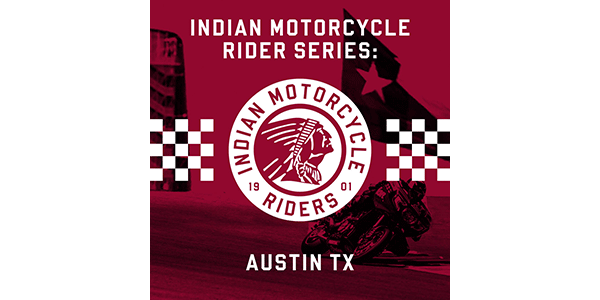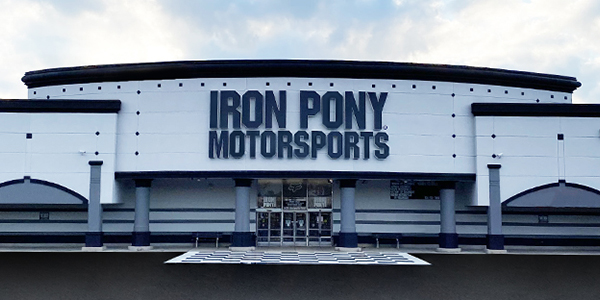In the mid-1950s, Soichiro Honda said his fledgling motorcycle company would someday win a Grand Prix race. His products at that time consisted of a line of small motorcycles. They were technologically advanced, certainly, but no match for the fearsome Nortons, Gileras and MV
Augustas dominating Grand Prix racing. His declaration was largely regarded as a joke.
Four years later, Honda debuted at the 1959 Isle of Man with a five-rider team that won the manufacturer’s title despite a best finish of sixth place. The company returned to the Isle of Man TT in 1961 and swept the top five positions in the 125 and 250 classes. Soichiro’s prediction came true and the rest of the story is well known, or at least perceivable to anyone who walks into a modern Japanese motorcycle dealership.
Another flood of motorcycles is coming from the East, this time from Taiwan, China and Korea (Tai-Chi-ko, for lack of a better term). If you let the mangled English on the company’s websites and brochures or the raft of cheap junk being sold at auto parts stores built by the Taichiko set deceive you, you might be tempted to take the likelihood of their overtaking their Japanese competitors as big a joke as Soichiro’s declaration that his little bikes would evolve into Grand Prix competitors.
Don’t cue the laugh track just yet — this tsunami includes
some big companies with the expertise, technical acumen and deep pockets necessary to swim with the sharks in the American market.
Hyosung Hits The Mark
The big name in the group is Hyosung, which first made waves with the economical and surprisingly capable GT650 in 2005. The company roots run deep; Hyosung began building equipment for Suzuki in 1979. The Korean company designed and built their own machines by 1987. They sold one million units annually for the first time in 1996, and doubled that figure in 2001. Their GT650 is a legitimate competitor to Suzuki’s SV650, and the 250cc bikes they build are some of the best on the market.
“I added them because I couldn’t find a small bike to sell that people could ride,” said Wayne Wheeler, general manager at MOM’s in Manchester, New Hampshire. His dealership carries Yamaha, Polaris, Kymco and Hyosung motorcycles.
Wheeler brought in the 250cc bikes to entice new riders with their low entry price. He sold the first few by offering to let owners trade them back for a larger machine. The concept sold bikes.
“The 250cc Kyosungs have as much horsepower as a Japanese 500 while getting 70 miles per gallon. You can put your wife on the back and head right to Florida,” Wheeler said. “We never get them back.”
Quality Bolsters Kymco Brand
Kymco is also making waves. The Taiwanese company primarily builds scooters, but has recently added ATVs and small motorcycles to its lineup. Kymco, established in 1963, is one of the world’s largest scooter makers, with dealers in 86 countries. The company has sold machines in America for more than three decades. Their People 150 scooter was recently selected as the best in its class by Consumer Reports. This bike is not competing on simply a price basis — it’s a class-leading piece of technology.
Action Motorsports in Layfayette, Ind., added Kymco scooters to augment their line of Honda, Yamaha, Suzuki and Can-Am motorcycles and ATVs.
“Scooters are a heavy hitter for us,” said Chet Tague, the business manager at Action. “The Agility 50 really works for us. $1,599 for a well-made 50cc scooter? That’s just plain cheap.”
Tague added the line in 2007 to meet the growing demand for scooters, and has been pleased with the product’s quality, parts availability and dealer service.
Taichiko Brands Allow Smaller Dealers To Move To Unit Sales
For smaller dealerships looking to move up from selling parts and service, the new Taichiko brands have been a boon. Gary Kovner, the general manager at Pacific Rides in Chatsworth, Calif., is high on the bikes. His dealership started selling sand-oriented go-karts in the 1990s. In 2006, the company added a line of Taichiko scooters. They did well with the machines and added more franchises. Today, the dealership has eight Taichiko franchises and sells motorcycles, scooters and ATVs built by Hyosung, UM, Kymco and a few lesser-known and more affordably priced machines.
“They’ve been great for us,” Kovner said of the premier brands. “They are at least as reliable as the Japanese bikes.”
He said the lesser-known brands work due to his company’s knowledge of the machines.
“We’re one of the few dealerships that knows how to work on those bikes,” Kovner said. “You have to know which stuff to buy and which to stay away from. We fix them and do well with them.”
He feels that the Taichiko bikes will give Japanese product serious competition in the years to come.
“The Japanese manufacturers kind of remind me of Montgomery Wards,” Kovner said. “They have whatever line of what they have and as far as they are concerned that’s the only thing in the world. There’s this little upstart called Wal-Mart that comes along. Where is Montgomery Wards now?”
Billy Holt owns BRH Powersport Services in North Carolina, a service shop that sells Eton youth ATVs and is adding Johnny Pag choppers. The low-priced scooters and ATVs are the best sellers for Holt.
“The bottom line, especially in this economy, is what can they afford?” Holt said. “It can be Chinese, Japanese or American — it doesn’t matter.”
Pricepoint Shoppers Keep Taichiko Lines Afloat
That kind of pragmatic bottom-line ethic is the primary attraction of Taichiko bikes today. Dave Sumner, the editor of Outcast Cycles magazine, an online magazine for readers interested in bikes off the beaten path, said that his readers see motorcycles more as transportation than lifestyle.
“Our readers seem to be less loyal to brand names and more loyal to value,” Sumner said. “These motorcycles, although not as widely known as Japanese brands, offer reliable and cost-effective opportunities.”
Sumner pointed out that information about repair and modifications of Taichiko motorcycles is hard to find. Owners cannot find a Haynes manual on a UM product, for example, so they have to turn to Internet forums for that.
Asian-American Success Stories
One of the most interesting Japanese motorcycle companies was Hodaka. They thrived based on a partnership with a creative group of importers who knew how to use a mix of clever names, cool graphics and innovative Japanese technology to market the brand to Americans. Hodaka eventually failed and, ironically, was purchased by Korean interests.
A partnership similar to the arrangement that made Hodaka an American favorite was created by long-time custom motorcycle builder Johnny Pag. Pag is working with an “established” Chinese supplier to the OEMs to create a line of stylish, well-built choppers sold at bargain basement prices. The bikes were designed by Pag and are built in China.
The first Johnny Pag product was the Spyder line of choppers, which look terrific and sold for less than $3,500. The company now offers a line of motorcycles that include more traditional cruisers and a sporting standard.
Racing Aspirations
Two of Honda’s hallmarks are its racing pedigree and the “You meet the nicest people” ad campaign. While the Taichiko companies have yet to find a hook and marketing effort as clever and extensive as Soichiro’s, a few of them are trying their hands at replicating Honda’s racing success.
The most visible of these is Zongshen, a Chinese company that is a huge player in their home market. Started as a motorcycle repair shop in 1982, the company grew to be one of China’s three largest motorcycle manufacturers.
The Team Yongshen race team ran Suzuki GSXRs in the FIM World Endurance competition and won the series title in 2002. They also backed Aprilias in FIM’s Grand Prix 250cc class and are rumored to be developing their own bike for FIM competition.
China Battles The Quality Question
While backing a winning race effort has some merit for raising the company profile, online fans of Chinese motorcycles are not impressed. One said, “This does nothing for their credibility.”
And Yongshen was not spoken of highly by dealers. Several suggested avoiding them entirely.
In China, however, the company remains a force to be reckoned with. Should they bring the brunt of their economic force on the American market, they have the might to make an impact.
China’s largest maker is Haojue. Founded in 1992, the company exports motorcycles to 70 countries and produces roughly 3 million motorcycles and scooters each year. The company is a close partner with Suzuki, and builds a number of machines that wear that brand.
Haojue recently put together an entry for the FIM 125cc Grand Prix class. They call the machine the Maxtra 125, and have assembled a team of English and Dutch racers and engineers to head the group. The race bike is still not entirely built by the Chinese, but the effort is a serious one and will give the company tremendous experience and knowledge. Former racer John Surtees and Dutch engineer Jan Witteveen are two of the big names on the team roster.
Asian Importers Are Here To Stay
As the Taichiko brands gain knowledge, they will gain traction in the U.S. Look at Daewoo and Hyundai for lessons on this particular topic.
Our man Soichoro Honda made his mark in a simpler world, and key portions of his success are due to the company’s simple slogan and racing wins. Neither of those tactics appear to be on the immediate horizon for the Tiachiko set.
Several dealers mentioned promotion as one of the missing pieces to the Taichiko puzzle, and the fact that only a handful of press flacks bothered to respond to inquiries for this article is indicative that public relations and advertising are not the strong suits of the next wave of Asian motorcycle manufacturers.
American PR aside, the Chinese have managed to hold down the fort at home. The all-powerful Japanese cannot manage to crack that market, despite considerable efforts.
The Chinese buy a staggering 16 million motorcycles per year. Very few of those bikes are Japanese. BMW and Harley-Davidson are making in-roads in this attractive market, but the Japanese manufacturers are being dramatically outsold by the more economical Chinese makers.
Honda has not been able to sell significant numbers even after a joint venture with a Chinese company. At least in mainland China, the machines built by the company founded by a bold, enterprising man have been eclipsed by a rising tide of manufacturers eager to make their mark on the motorcycling world.


